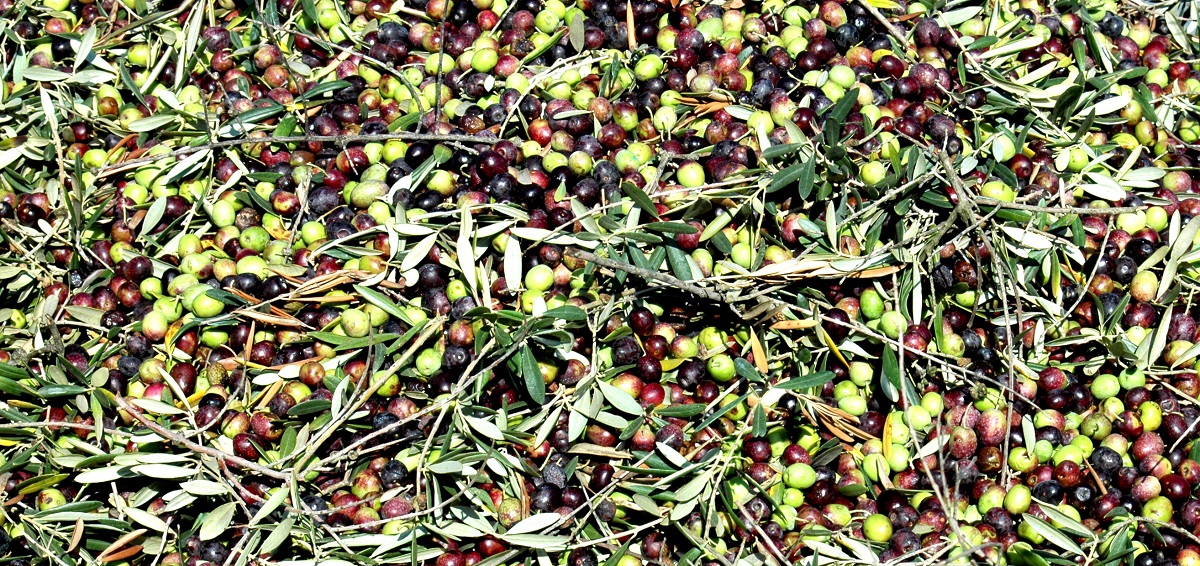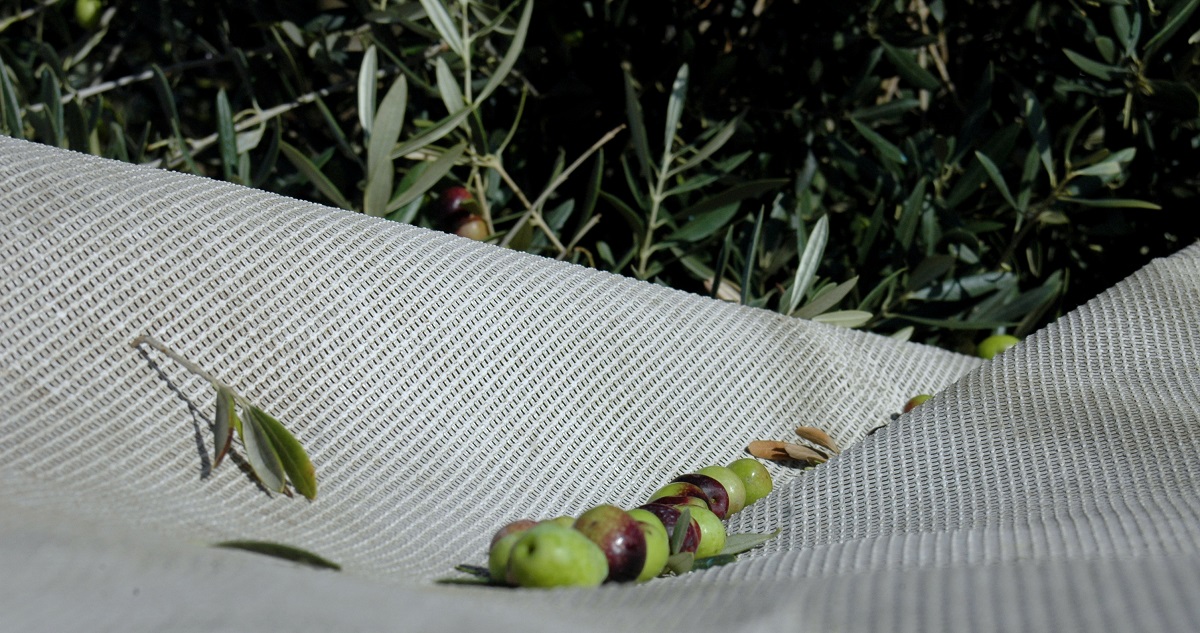The characteristic varietals of the area are Carrasqueña and Morisca, both perfectly adapted to the clay soils of the Tierra de Barros region in Badajoz. The Manzanilla Cacereña variety is common in the north of Cáceres.
In Extremadura, young oaks are called carrasco, and it is easy to find oak acorns at the foot of the olive tree, transported by different birds from the nearest pastures.
Some of them germinate and a kermes oak appears next to the olive tree.
It is a medium-sized olive tree, although some specimens reach a considerable size.
The olive’s fat yield is not among the highest, but its quality is very high.



